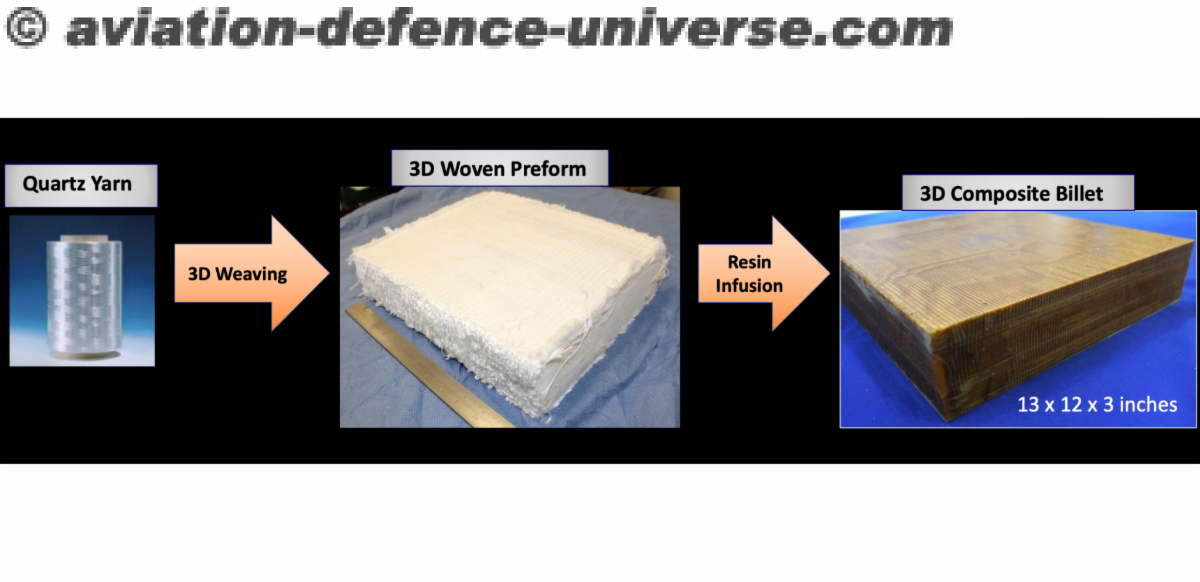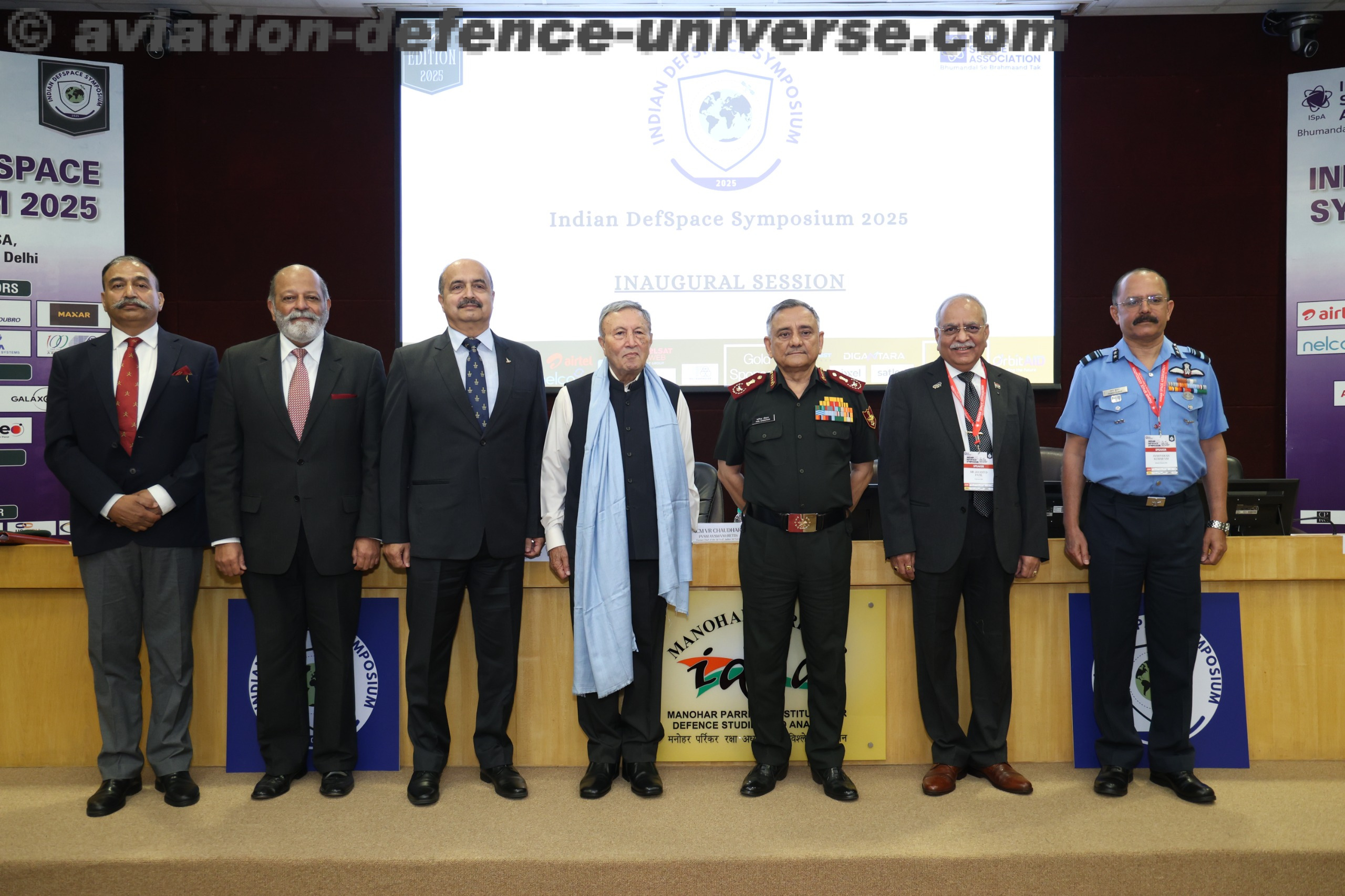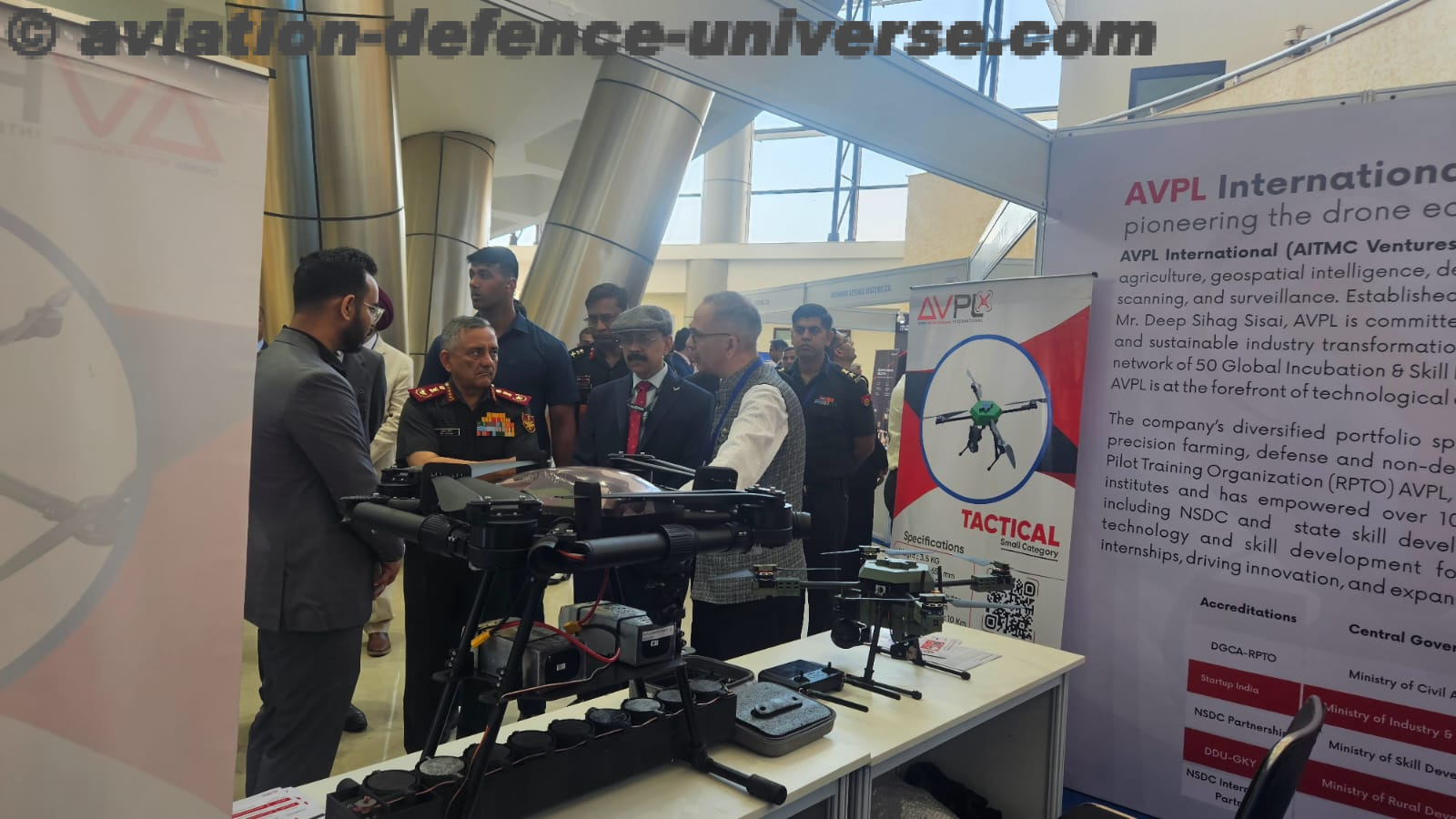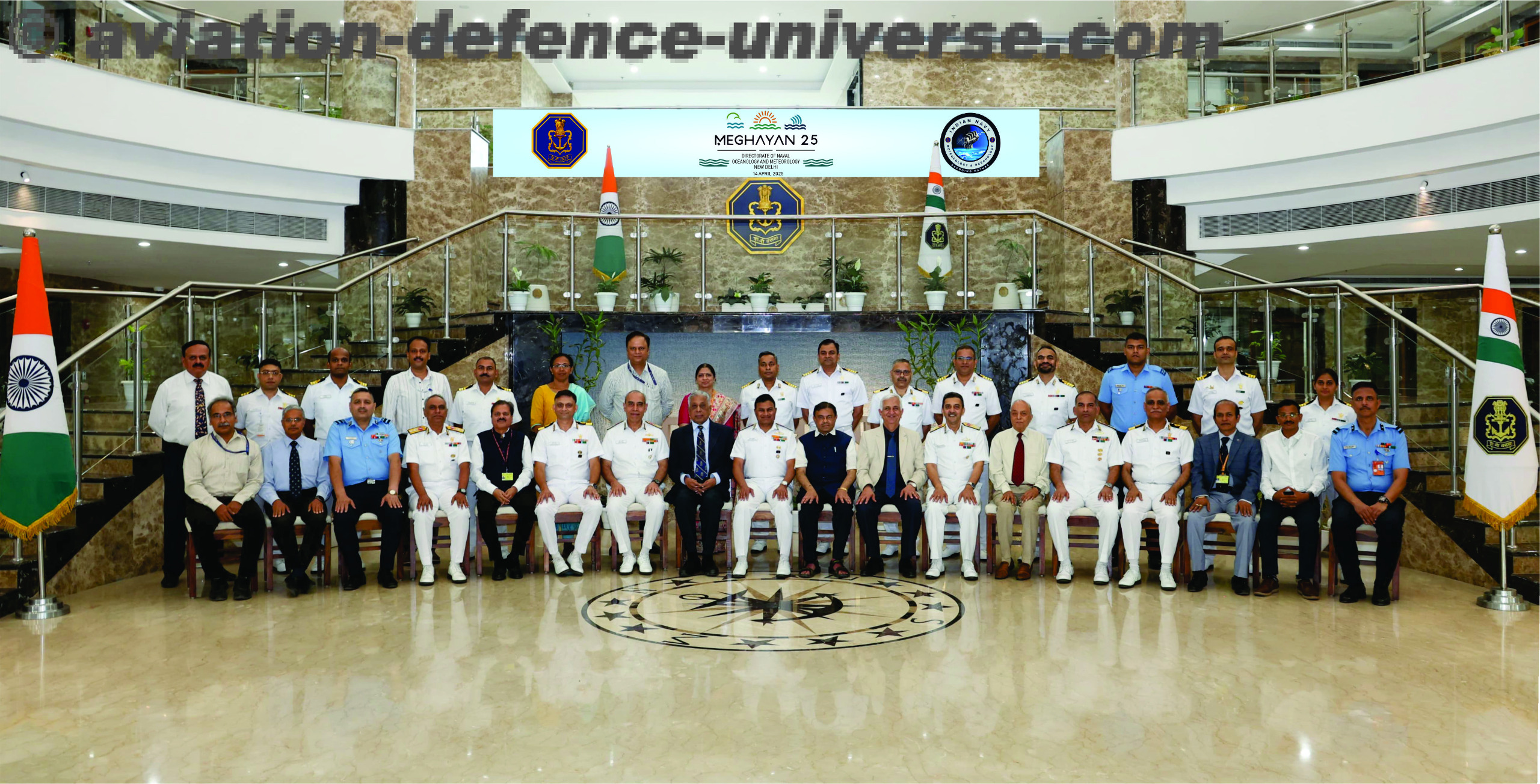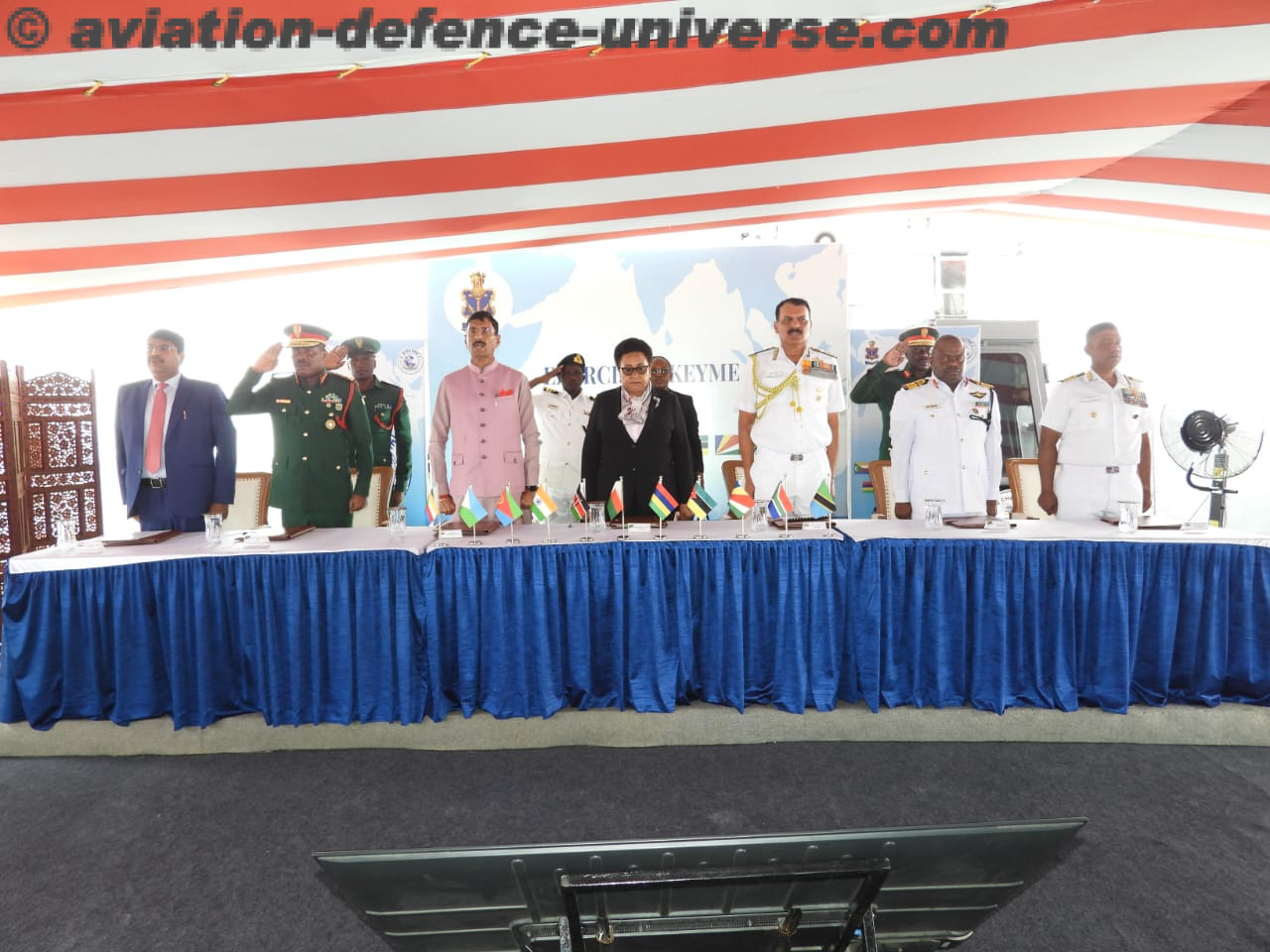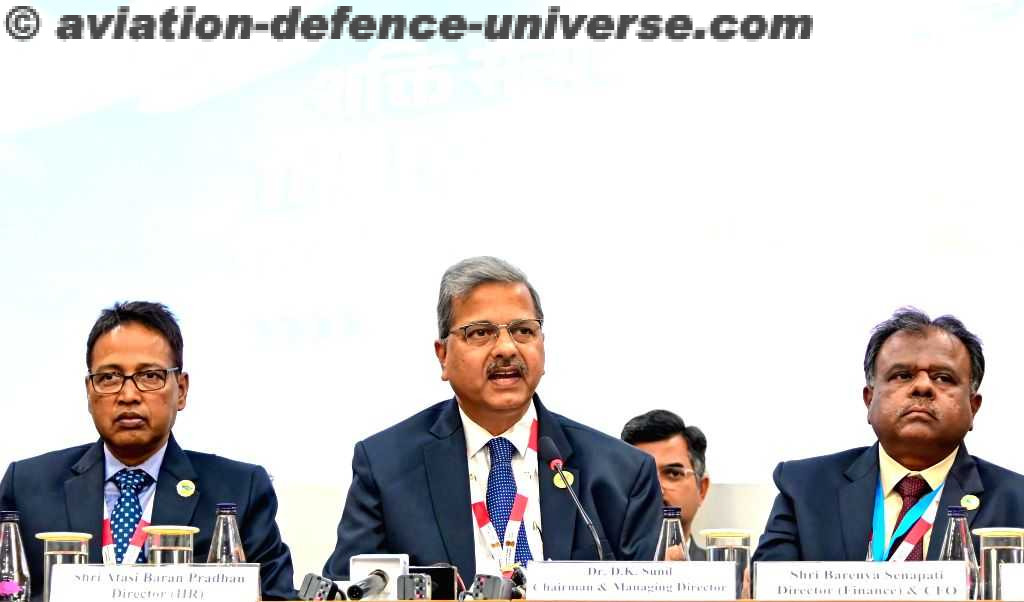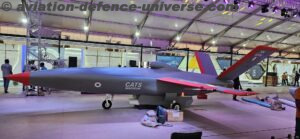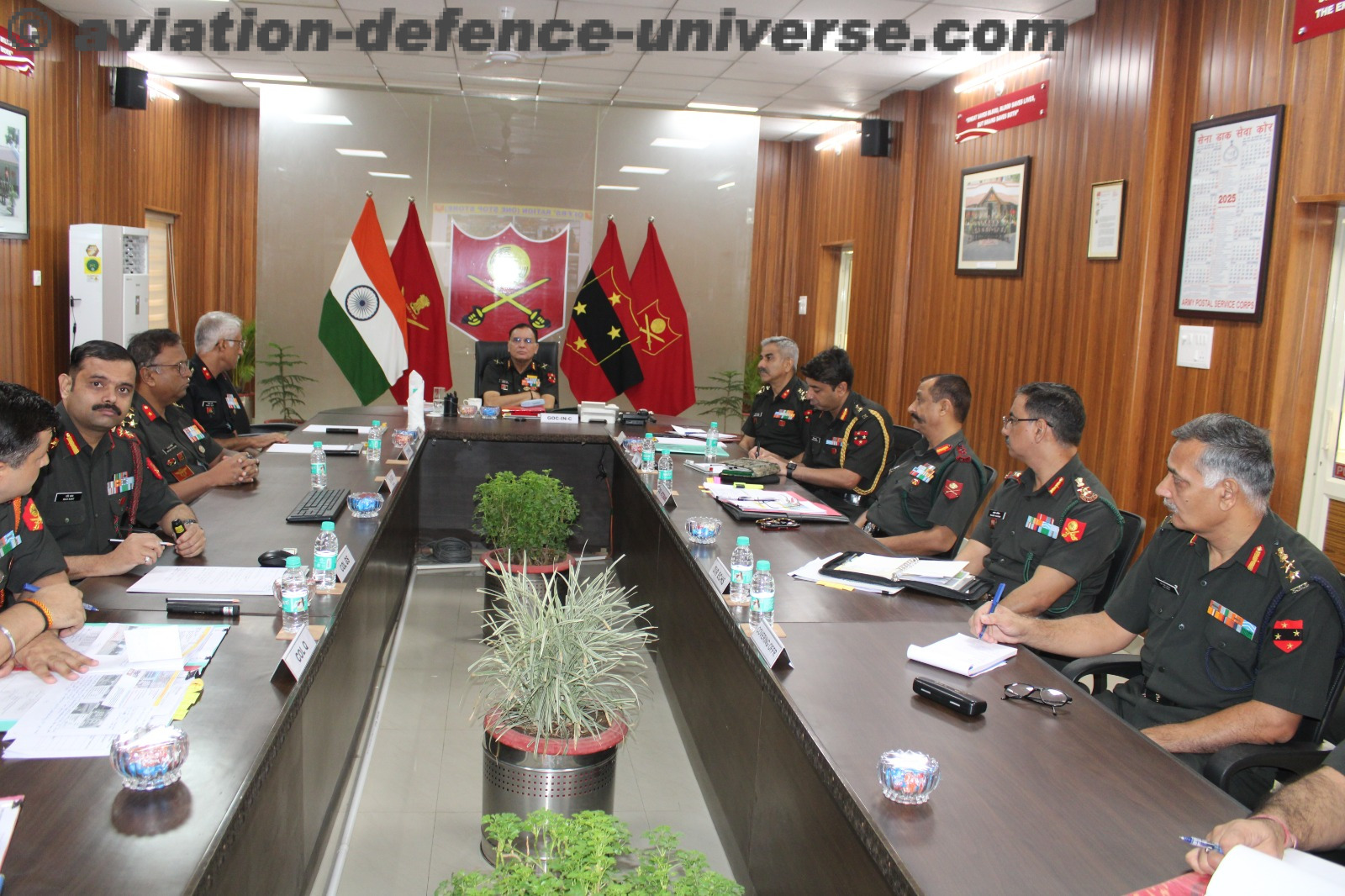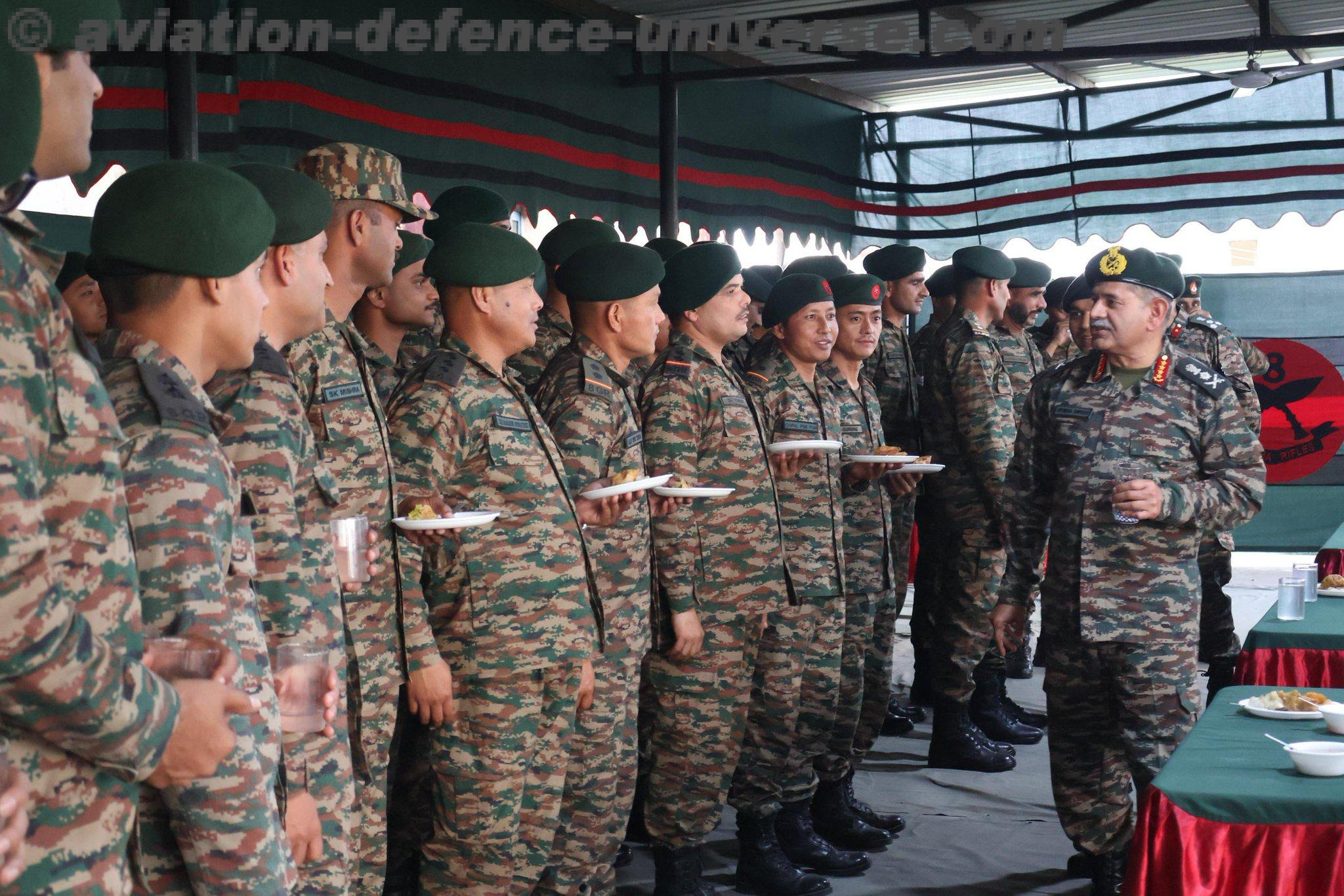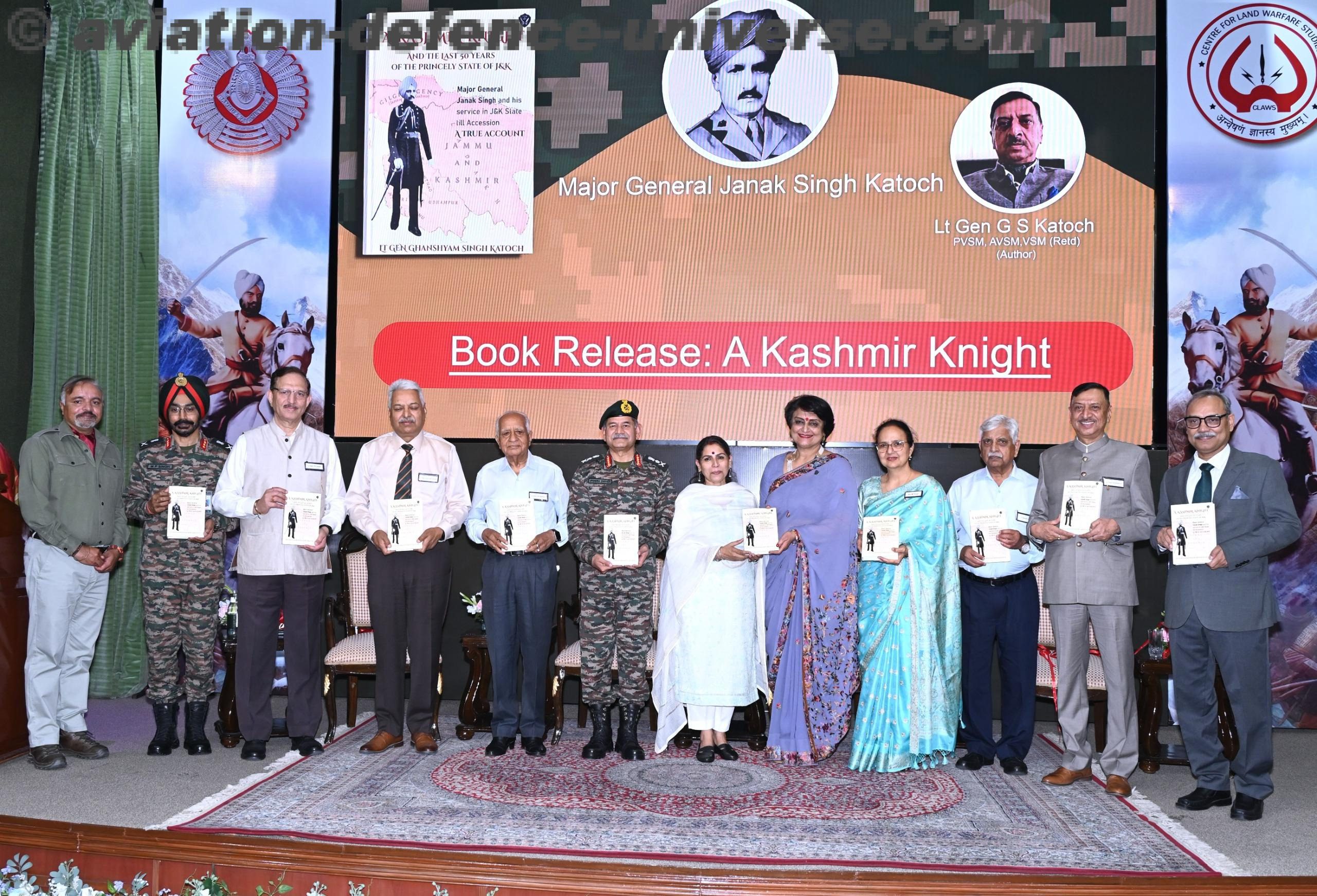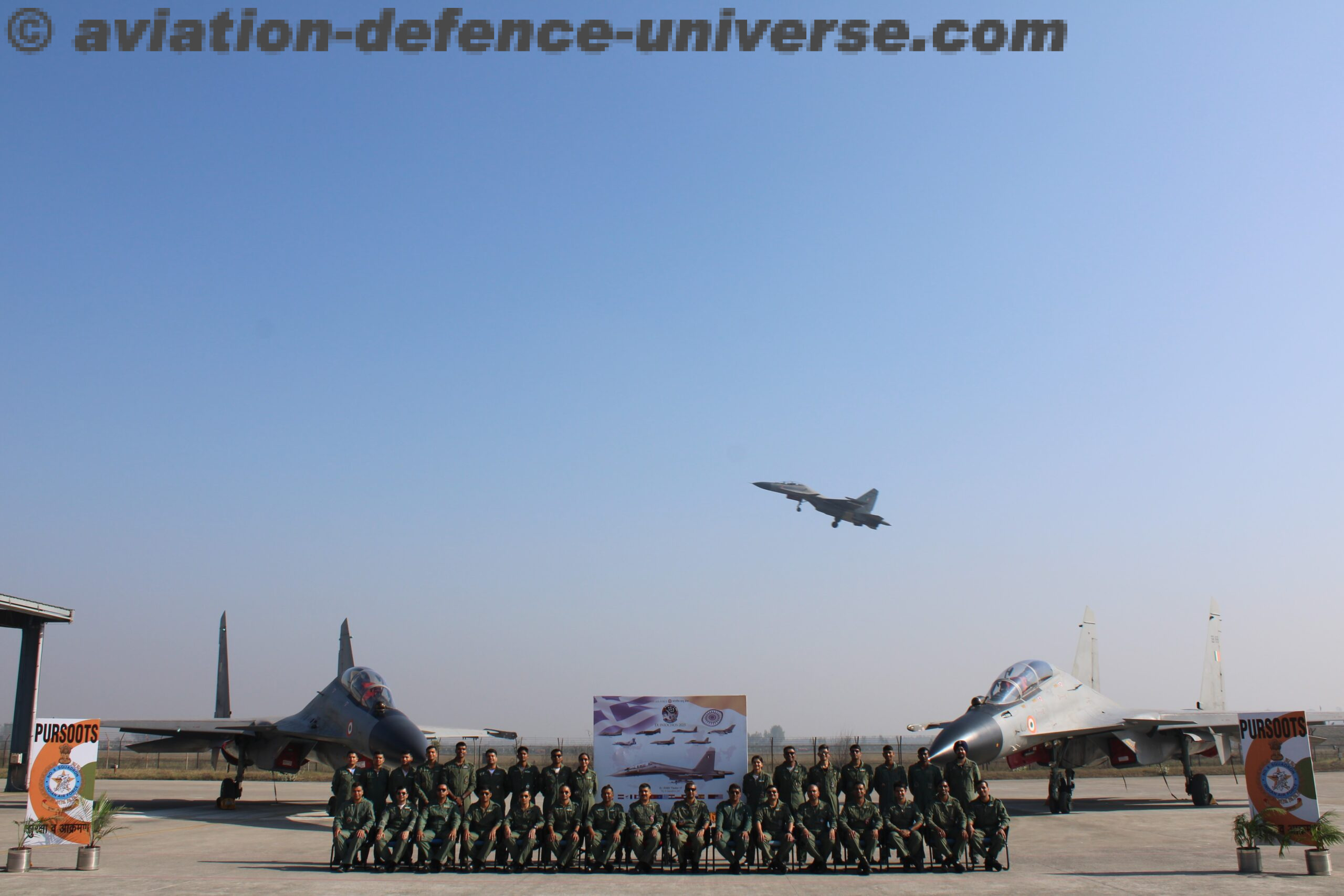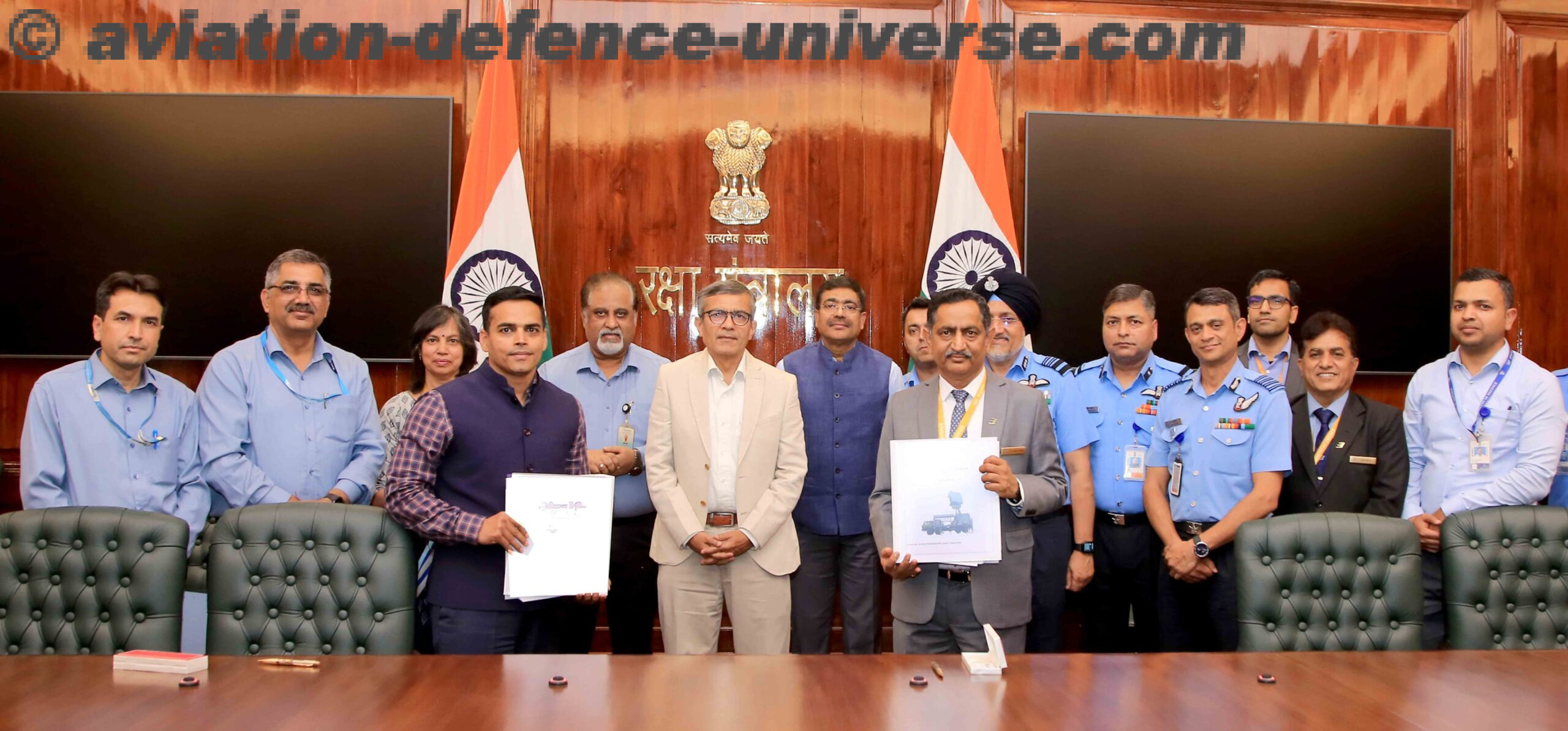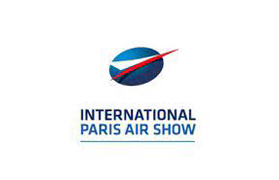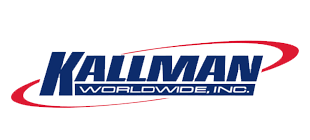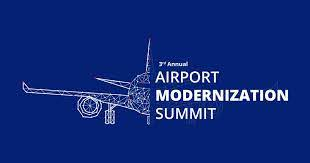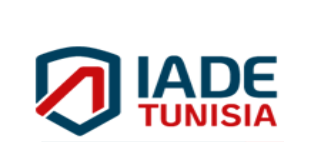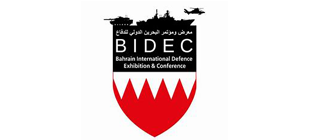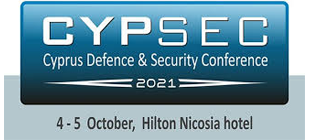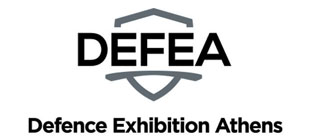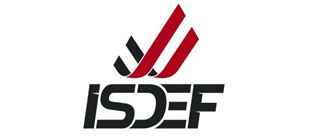- Expands Order Book to ₹2.5 Lakh Crore
- Spends ₹2,500 crore annually on R&D
By Sangeeta Saxena
Bangalore. 12 February 2025. Hindustan Aeronautics Limited (HAL) announced plans to expedite the delivery of Tejas Mk 1A light combat aircraft to the Indian Air Force (IAF) from 2025 onwards. The decision came after addressing supply chain disruptions that had delayed the program.
Speaking at Aero India 2025 in Bengaluru, HAL Chairman and Managing Director (CMD) D.K. Sunil confirmed that three Tejas Mk 1As had already been produced and fitted with Category B (Cat B) engines, sourced from other IAF programs. “I can understand his concern that the aircraft are delayed but some causes are not in our control. Engine maker GE should have delivered the engines by 2023 but haven’t. It is delayed by 1/1/2 years. We are making all efforts to ensure that the aircraft are ready . We are bulding the aircraft and as the engines come we will deliver. As you can see we have brought the aircraft here with Cat B engines. We understand there concern and we are working with the Airforce to fully address this issue,” stated CMD HAL at the press conference. This was in response the the IAF Chief’s caught on camera talk with HAL officials at the show.
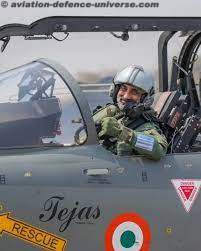 Originally, deliveries of the Tejas Mk 1A were scheduled to commence in 2024. However, HAL faced supply chain constraints, particularly in obtaining General Electric (GE) F404-IN20 engines. Despite these setbacks, all three Mk 1As successfully performed aerial manoeuvres at Aero India on February 10. Additionally, two more aircraft were in the final stages of production, backed by assurances from GE to supply an initial batch of 12 engines.
Originally, deliveries of the Tejas Mk 1A were scheduled to commence in 2024. However, HAL faced supply chain constraints, particularly in obtaining General Electric (GE) F404-IN20 engines. Despite these setbacks, all three Mk 1As successfully performed aerial manoeuvres at Aero India on February 10. Additionally, two more aircraft were in the final stages of production, backed by assurances from GE to supply an initial batch of 12 engines.
Beyond the Tejas program, HAL revealed an order book worth ₹1.2 lakh crore, with expectations to secure an additional ₹1 lakh crore within the next year. Notable contracts included orders for 97 Tejas aircraft and 156 Prachanda Light Combat Helicopters (LCH). The company expanded its production capacity by establishing three new manufacturing units in Bengaluru and Nasik, with collaborations from Tata and L&T. By 2026, HAL aims to produce 26 aircraft annually.
Further emphasizing its international ambitions, HAL explored export opportunities, engaging with nations such as the Philippines and North African countries for Dornier aircraft. Guyana had already procured two Dornier aircraft, and discussions continued with Nigeria, Morocco, and Egypt.
HAL addressed concerns over delays in aircraft deliveries, acknowledging IAF’s need for fleet modernization. The company reaffirmed its commitment to delivering jets promptly once engine supplies were secured. Meanwhile, HAL’s ongoing developments in the Advanced Medium Combat Aircraft (AMCA) project signalled progress, with the first flight anticipated by 2028 and production potentially commencing by 2034. As India’s leading aerospace manufacturer, HAL continues to balance domestic and international demand while overcoming supply chain challenges to meet strategic defense needs.
Hindustan Aeronautics Limited (HAL), India’s premier aircraft manufacturer, expanded its order book significantly, reaching ₹2.5 lakh crore within six months, solidifying its position as a key player in the South Asian aerospace industry.
In the press conference , Dr. D.K. Sunil stated that the company had secured orders worth ₹55,000 crore in the first nine months of the fiscal year. Additionally, it expected to finalize contracts worth another ₹1.2 lakh crore in the following five to six months, bringing the total order book to ₹2.5 lakh crore.
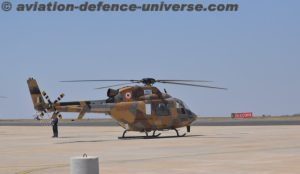
“We actively pursued two major contracts—one for 97 Light Combat Aircraft (Tejas) and another for 156 Light Combat Helicopters (Prachanda). Both were in the advanced stages of negotiation, and we aimed to close them within the next five to six months,” Sunil said. To meet the growing demand, HAL ramped up its production capacity. The company established three new manufacturing units for the Light Combat Aircraft (LCA)—two in Bengaluru and one in Nasik, Maharashtra. “With these facilities, we targeted the production of 26 aircraft by 2026,” he added. HAL also partnered with private-sector firms like Tata and L&T to further enhance production capabilities.
Beyond domestic orders, HAL strengthened its focus on exports. In addition to continuing its collaboration with existing client Guyana, the company pursued potential deals in Malaysia for the Dornier aircraft. “We also engaged in discussions with the Philippines and North America,” Sunil stated.
HAL also maintained its commitment to research and development, spending ₹2,500 crore annually to improve and upgrade its product offerings. “While the Tejas LCA led our order books in recent years, the next decade will see new programs driving growth, including the LCA Mk-2, Indian Multi-Role Helicopter, the fifth-generation Advanced Medium Combat Aircraft (AMCA), and Unmanned Combat Aerial Platforms (UCAPs),” the CMD concluded.
Despite its progress, HAL faced scrutiny over the Advanced Light Helicopter (ALH) Dhruv following a series of crashes. The most recent incident in January 2025, involving an Indian Coast Guard ALH in Gujarat, led to the deaths of three crew members and resulted in the grounding of the entire fleet.
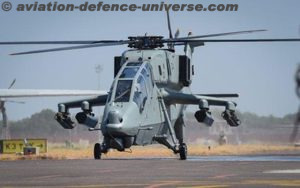 Responding to safety concerns, HAL reiterated that there was no fundamental design flaw in the helicopter, citing a review by the Netherlands Aerospace Centre (NLR). Instead, the company pointed to potential issues with training and maintenance. Investigations revealed that of 28 recorded ALH crashes, 13 were due to technical faults, 13 resulted from human error, and two had unknown causes.
Responding to safety concerns, HAL reiterated that there was no fundamental design flaw in the helicopter, citing a review by the Netherlands Aerospace Centre (NLR). Instead, the company pointed to potential issues with training and maintenance. Investigations revealed that of 28 recorded ALH crashes, 13 were due to technical faults, 13 resulted from human error, and two had unknown causes.
The January crash was attributed to a fractured swash plate. A Defect Investigation Team (DIT) was expected to submit its report within three weeks, after which a decision on resuming ALH operations would be made. HAL also highlighted ongoing safety enhancements, including replacing aluminum control rods with steel ones and increasing inspection frequency to every 100 flight hours.
Looking ahead, HAL continued work on the Advanced Medium Combat Aircraft (AMCA), with the design phase nearly complete. The company anticipated the first AMCA prototype flight by early 2028, with production potentially beginning by 2034.







